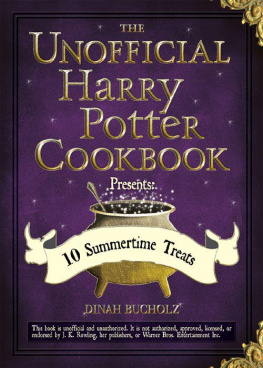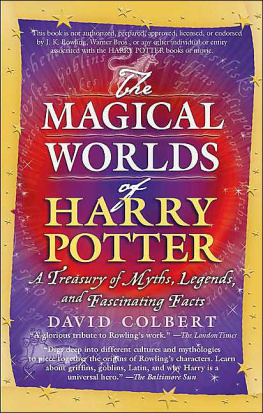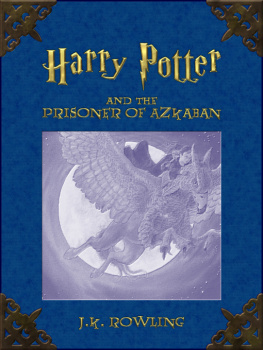Noel Brown recently obtained his PhD in Film Studies from Newcastle University. He is currently an independent scholar and writer on cinema.
Cinema and Society series
General Editor: Jeffrey Richards
Best of British: Cinema and Society from 1930 to the Present
Anthony Aldgate & Jeffrey Richards
Brigadoon, Braveheart and the Scots: Distortions of Scotland in Hollywood Cinema
Colin McArthur
The British at War: Cinema, State and Propaganda, 19391945
James Chapman
British Cinema and the Cold War
Tony Shaw
Children, Cinema and Censorship: From Dracula to the Dead End Kids
Sarah J. Smith
The Crowded Prairie: American National Identity in the Hollywood Western
Michael Coyne
An Everyday Magic: Cinema and Cultural Memory
Annette Kuhn
Femininity in the Frame, Women and 1950s British Popular Cinema
Melanie Bell
Film and Community in Britain and France
Margaret Butler
Film Propaganda: Soviet Russia and Nazi Germany
Richard Taylor
From Moscow to Madrid: Postmodern Cities, European Cinema
Ewa Mazierska & Laura Rascaroli
The Hollywood Family Film: A History, from Shirley Temple to Harry Potter
Noel Brown
Hollywood Genres and Post-War America
Mike Chopra-Gant
Hollywoos History Films
David Eldridge
Licence to Thrill: A Cultural History of the James Bond Films
James Chapman
Past and Present: National Identity and the British Historical Film
James Chapman
Powell and Pressburger: A Cinema of Magic Spaces
Andrew Moor
Projecting Empire: Imperialism and Popular Cinema
James Chapman & Nicholas J. Cull
Propaganda and the German Cinema, 19331945
David Welch
Shooting the Civil War: Cinema, History and American National Identity
Jenny Barrett
Spaghetti Westerns: Cowboys and Europeans from Karl May to Sergio Leone
Christopher Frayling
Spectacular Narratives: Hollywood in the Age of the Blockbuster
Geoff King
Typical Men: The Representation of Masculinity in Popular British Cinema
Andrew Spicer
The Unknown 1930s: An Alternative History of the British Cinema, 19291939
Edited by Jeffrey Richards
A HISTORY, FROM SHIRLEY TEMPLE TO HARRY POTTER
NOEL BROWN
Published in 2012 by I.B.Tauris & Co Ltd
6 Salem Road, London W2 4BU
175 Fifth Avenue, New York NY 10010
www.ibtauris.com
Distributed in the United States and Canada Exclusively by Palgrave Macmillan
175 Fifth Avenue, New York NY 10010
Copyright 2012 Noel Brown
The right of Noel Brown to be identified as the author of this work has been asserted by him in accordance with the Copyright, Designs and Patent Act 1988.
All rights reserved. Except for brief quotations in a review, this book, or any part thereof, may not be reproduced, stored in or introduced into a retrieval system, or transmitted, in any form or by any means, electronic, mechanical, photocopying, recording or otherwise, without the prior written permission of the publisher.
ISBN 978 1 78076 269 2 (HB)
978 1 78076 270 8 (PB)
eISBN 978 0 85773 267 5
A full CIP record for this book is available from the British Library
A full CIP record is available from the Library of Congress
Library of Congress Catalog Card Number: available
Designed and typeset by 4word Ltd, Bristol


The seeds of this book were sown some years ago. Like many children in the Western world, I grew up watching Hollywood family films. One of my favourites was Mrs. Doubtfire. I was so enamoured of the slapstick clowning and outrageous sight gags that its more adult aspects largely passed me by. However, re-watching the film for the first time as an adult many years later, I was struck by the realisation that this was not a childrens film much of its exploration of the shifting social expectations surrounding marriage and family was clearly intended for adult audiences, or at least reflected predominantly adult concerns. This prompted some of the key questions underpinning this book: what exactly is a family film? How do Hollywood family films satisfy the requirements of different audience sections? Have their methods of appeal changed over time? How have they attained their current position of commercial dominance? To my surprise, there was no extended scholarly study of the historical, industrial and artistic aspects of the Hollywood family film, despite its great historical tradition. This absence provided a more pragmatic foundation for the development of this book.
More concretely, I would like to extend my gratitude to Bruce Babington for his generosity, advice and support throughout the researching and writing of this book. Kim Reynolds and Melanie Bell who co-supervised my doctoral thesis were also generous with their time and offered a great deal of guidance. I also appreciate the courtesy and efficiency of the staff at Newcastle University library, and the BFI reading room.
For various reasons, and in no particular order, I would like to thank the following people: Bill and Nancy Brown, Joe and Irene Cooper, Robin Brown, Philippe Cygan, Peter Clark, Alex Denehy, Andy Bird, Ray Harryhausen and Tony Dalton, Nicholas Sammond, James Annesley and Maria Teresa de Oliveira Corra. I am also very appreciative of the enthusiasm and encouragement of Jeffrey Richards and Philippa Brewster, and, indeed, to all the people who contributed in some way to the completion of this book. I hope they will consider their investments worthwhile.
My fullest appreciation and love must go to my parents, Alan and Kate, and to Mauricio Martuscelli. It is to them that I would like to dedicate this book.
The family film has long been a staple of Hollywood production but has received comparatively little attention from cinema historians. This may be because while everyone knows a family film when they see one, the process of precise definition tends to be more difficult. Noel Brown suggests five non-textual manufacturing processes, which together give family films their generic identity: marketing and distribution strategies, rating/classification, critical response, merchandising and television broadcasting strategies. In applying this interpretation to Hollywoods cinematic product he rejects a range of ideas previously advanced by a variety of critics, notably that family films were chiefly intended for and largely consumed by children, that the majority of films in Hollywoods heyday were family films, that family films equate purely with Walt Disney and that the family film as a format originated in the 1980s.



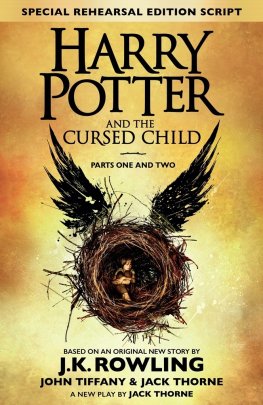
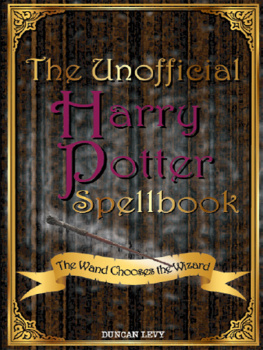
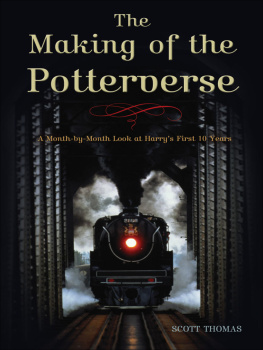
![J K Rowling - Harry Potter [Complete Collection]](/uploads/posts/book/117015/thumbs/j-k-rowling-harry-potter-complete-collection.jpg)
